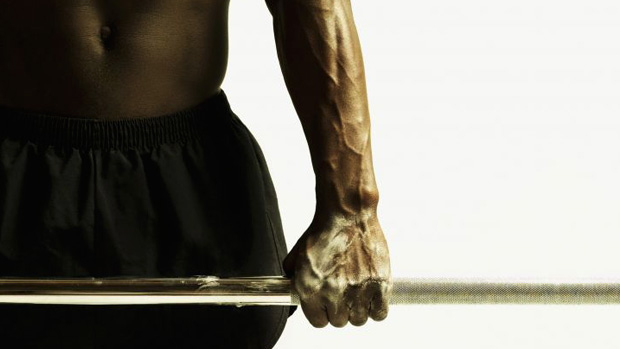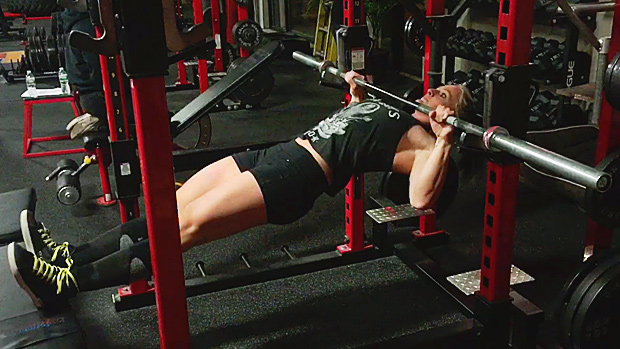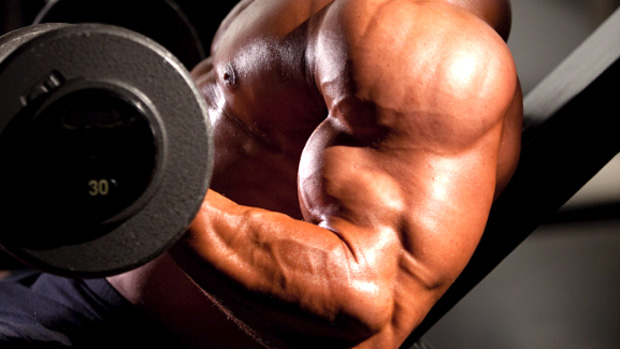To dominate the squat, you need to master the basics before you ever start to pile on the plates. Here are the three things you need to know.
Poor bracing is one of the most common bottlenecks that lifters experience when trying to build their squat. But lifting is more than just force production. If it wasn't, all the dudes leg pressing 1000 pounds would have massive squats.
Proper bracing allows you to eliminate energy leaks so you can efficiently transfer force into the bar. When you inhale, you expand your ribcage and belly. A simplified way to think about bracing is attempting to fill these compartments with air, then squeezing all the muscles in your midsection and pressing out to pressurize your trunk.

In this image, you've got the neutral trunk (left), the exhalation (middle), and the inhalation plus bracing to create pressure (right).
Imagine you have a lifting belt, and you're pushing into it. This will increase intraabdominal pressure (IAP) even further, creating more rigidity and reducing energy leakage. This process of inhaling, pressurizing, and exhaling after the rep is complete is called the Valsalva maneuver.
Learning to brace is important, but you're still leaking power if you're not in the right position when bracing.
I like the soda analogy of spinal positioning because it's simple to understand. Imagine you have a soda can that's pressurized. You can stand on it and it won't break. But the moment you put a dent in it and try to stand on it again, it'll collapse. The same is true for your torso.

When you brace, you pressurize your trunk. But if you arch your low back as you initiate the squat, you destabilize this container. The diagram below shows both a neutral spine position (left) and a hyperextended or "open scissor" position (right). Arching the low back destabilizes your trunk by creating an "open scissor" position between your ribcage and pelvis.
So, what should you do instead? Well, you do want to load your hips back when you squat to put tension into your posterior chain, but you don't want to compromise your position. So you need to maintain the ribcage-over-pelvis position as you shift back and squat down.
Don't get lazy and just arch your back like you're some Instagram model trying to make an extra few bucks on her OnlyFans. The video below shows the incorrect (hyperextended) position, then the correct (neutral spine) position.
Most people squat with one of two neck positions. Either their neck is cranked back and they're looking up (middle image), or their head is stretched forward and they're looking down at the floor (left image).

Neither is ideal. When you stretch your neck forward, you offset your balance and lengthen the muscles of the neck and upper back, which creates a loss of tension. So when you begin to stand up, your upper back is more likely to round, and you risk losing position and strength.
Conversely, cranking your neck up doesn't do anything except maybe give you a headache. Often I see this position coupled with a flared ribcage and hyperextended back position, which will limit your squat.
Instead, what you want to do is pack the neck (right image). This is when you retract the chin directly toward the back of your head. This helps you maintain tension in your upper back and keeps you balanced and in position.
It's crazy how much progress you can see in your lifts just by improving your technique. So if you want a big squat, work on these cues every time you get under the bar.





